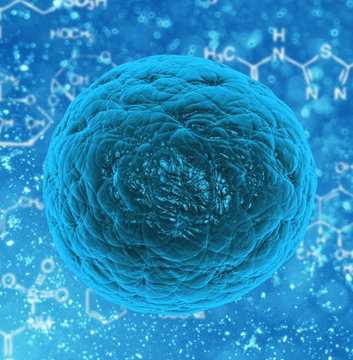
The 1918 flu crisscrossed the globe and claimed tens of millions of lives, yet by 1920, the virus that caused it had become significantly less deadly, causing only ordinary seasonal flu. Will SARS-CoV-2, the virus that causes Covid-19, follow a similar trajectory? Some scientists say the virus has already evolved in a way that makes it easier to transmit.
If you’re really sick, you are supposedly shedding lots of virus, which makes it easier for the next host to pick it up.
A second theory, developed by evolutionary epidemiologist Paul Ewald, which he calls the “Theory of virulence,” suggests that, as a rule, the deadlier the germ, the less likely it is to spread. The reason: If victims are quickly immobilized, then they can’t readily spread the infection.
Like the older conventional wisdom, the theory of virulence recognizes that many germs will evolve less virulence as they circulate and adapt to the human population.
So what do these evolutionary theories suggest about SARS-CoV-2 and its likely trajectory? Is the novel coronavirus likely to decline in virulence as it cycles from person to person across the world?
Even asymptomatic cases may shed significant amounts of virus, and there doesn’t necessarily seem to be an increased risk with exposure to sicker people.
To predict SARS-CoV-2’s evolutionary trajectory, Ewald looks to the durability of the virus instead. He points out that SARS-CoV-2 infectious particles last on various surfaces between hours and days, making it approximately as durable as influenza virus.
Still, scientists might have already observed evolutionary change in the virus, though apparently in the direction of increased transmissibility, not of lower virulence.
As Korber puts it: “The D614G strain is now the pandemic. You can hardly even sample the [original] Wuhan virus anymore. In early March, the virus was a different virus than it is today.” This near-complete replacement of the original strain indicates that selection-likely selection toward greater transmissibility-was responsible for the shift, says Korber.
Even without an evolutionary process pushing SARS-CoV-2 towards lower virulence, over time, the virus might affect people differently, said Columbia University virologist Vincent Racaniello.
“SARS-CoV-2 may become less deadly, not because the virus changes, but because very few people will have no immunity,” he said.
In other words, if you’re exposed to the virus as a child and then again and again in adulthood, you’ll only get a mild infection.
Regular boosters may be necessary as the virus cycles, not because the virus is rapidly evolving, but because human immunity may wane.
Experts believe, some version of the virus will continue to circulate, perhaps as a common cold virus or an occasional deadly outbreak among the unvaccinated, for many years, if not forever.
